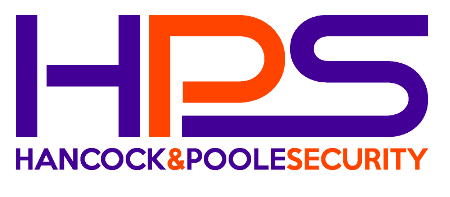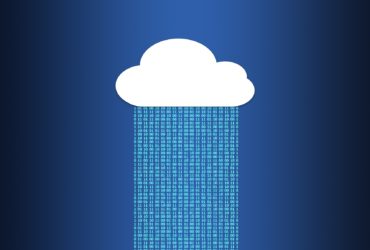HPS is here to help you learn what You Need to Know About Identity and Access Management. Whether you have heard the term identity and access management or not, you are almost certainly using it. If you’ve ever had to sign into a website, network, or application, you have used IAM. You have had to successfully identify yourself so that you could be allowed to access the product or service you purchased, subscribed, to or were permitted to view. According to Gartner, IAM is a mission-critical security discipline that ensures the right people can access “the right resources at the right times for the right reasons.”
What Are Some IAM Policies?
Identity and access management policies are not “one and done”. They must be planned, implemented, and maintained to keep systems and the data they contain safe. Some of the policies include, but are not limited to:
- Users identification
- Role definition and assignment
- Identification of the networks, systems, and data protected by IAM
- Determining the appropriate levels of protection and access for sensitive data, individual systems and locations
- Maintenance of individuals (Adding, removing, and editing a person’s information or assigned role) in the IAM system
- Maintenance of roles (Adding, removing, and updating a role’s access rights) in the IAM system
What Is Identity Management?
Identity in the context of IT security is a set of properties that can be stored in a database to positively identify an individual. Each time that person needs to log in, the credentials they input are compared against the stored data before an identity is authenticated. Some of the most common authentication factors are:
- What the user knows – a combination of login and password that no one except the user should know.
- What the user has – a physical token that only the user has access to, like a fob, phone or USB device.
- Who the user is – something that identifies the physical body of the user, like face recognition, fingerprint, or retinal scan.
What Is Access Management?
Access management is not only intended to let a person access the data they need, but it is also to prevent unauthorized access to files, folders, networks, etc. It is intended to manage and track access. Once an individual is authenticated, then you must make sure that they get everything they need and nothing they shouldn’t have. For example, a receptionist should be able to view select information in a system, such as employee contact information, but they do not need to access accounting records.
Why IS IAM Important?
Cybercrime is surpassing the illegal drug trade in profit, with some predicting it will reach $6 trillion in the next year. Similar to keeping prescriptions or guns that could have tragic impacts if they fall into the wrong hands, allowing data to be freely accessed could have devastating implications for individuals or companies. A data breach can destroy public confidence and damage a brand. IAM service ensures regulatory compliance, enhances productivity, reduces risk, and maintains public trust.
According to Verizon, 97% of breaches are preventable. When you need guidance on how to prevent cybercrime at your company, you need Hancock and Poole Security. To get started, contact our office today.



